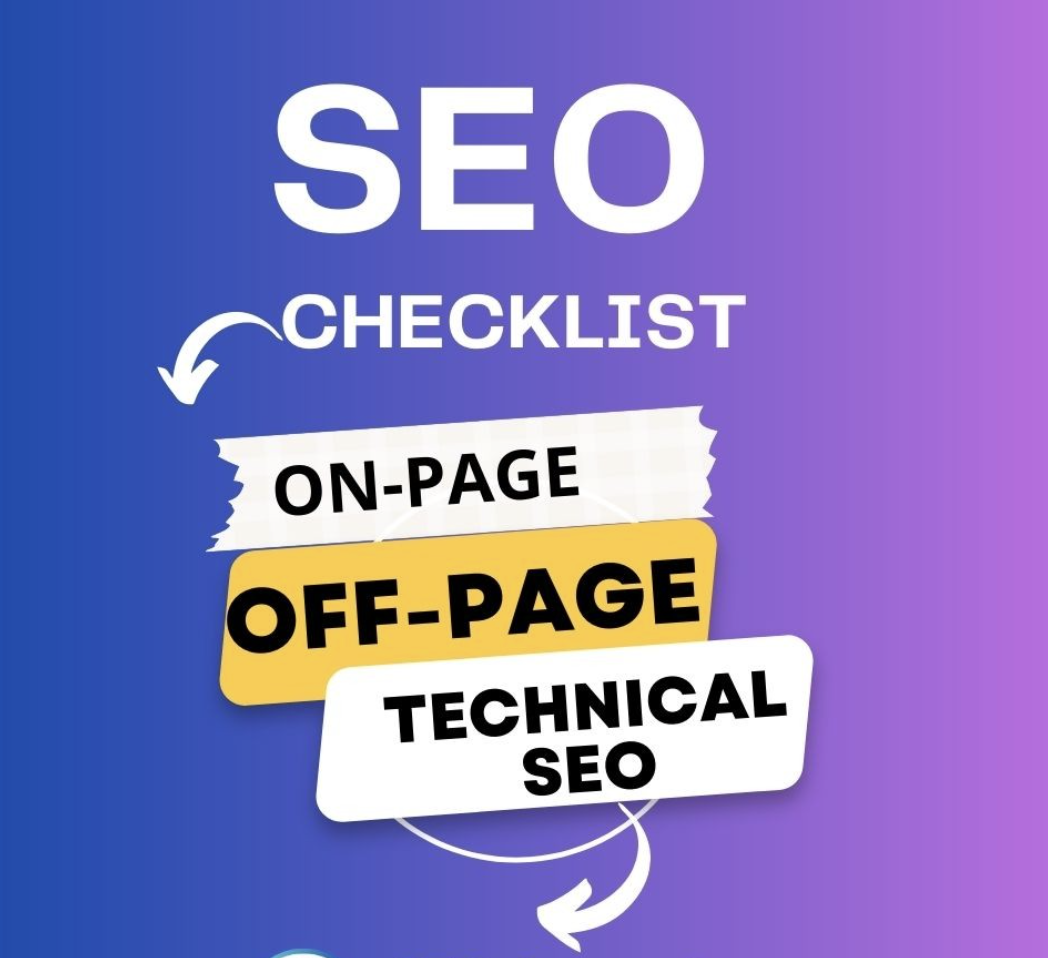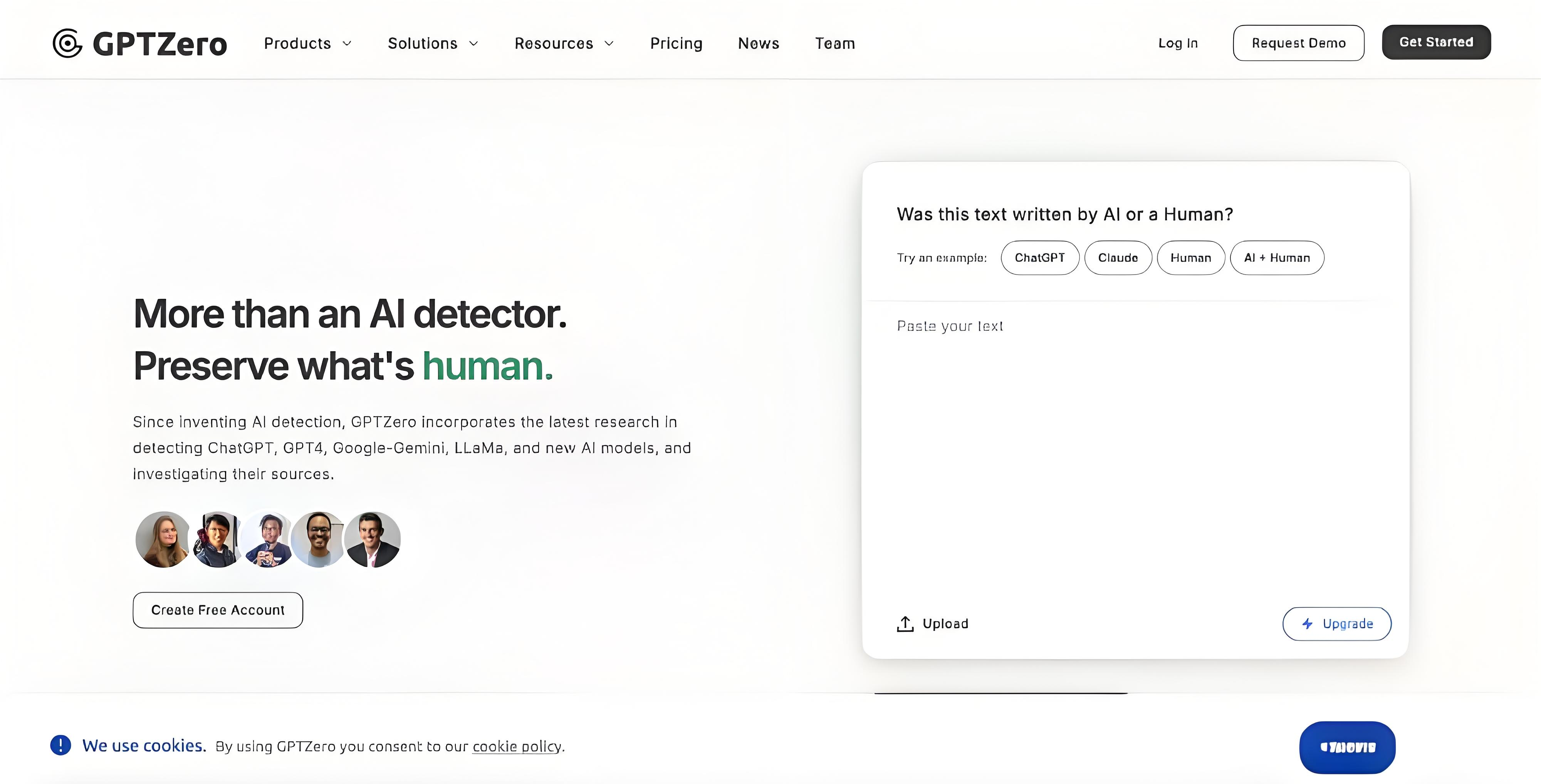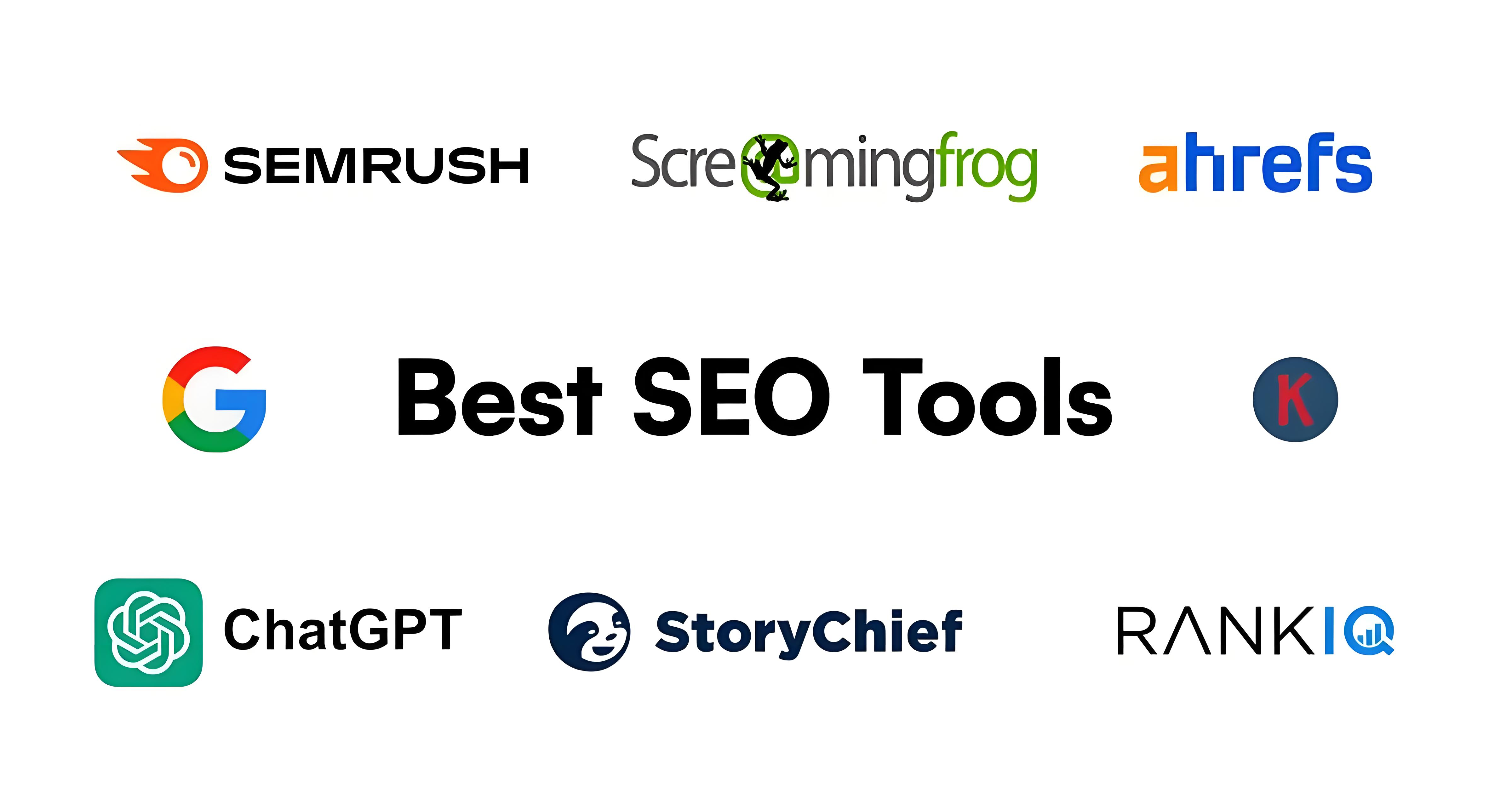
How to make ten steps in the sea: Do a good job in marketing and shaping brands

With this consensus in place, the most pressing question within the industry is: How to go global?
In 2023, EqualOcean conducted extensive interviews with professionals in the field of global expansion through both online and offline channels and hosted two major overseas summits, each attracting 3,000 participants. Based on these efforts, EqualOcean synthesized various perspectives and experiences to create a "Ten-Step Guide" for going global. These steps are:
- Assessing Trends and Opportunities
- Prioritizing Organizational Readiness
- Understanding Customer or User Insights
- Reimagining Products and Services
- Building Effective Channels
- Emphasizing Branding and Rational Marketing
- Focusing on Localization
- Managing Risk and Compliance
- Leveraging ESG as a Shield
- Integrating Capital Effectively
This "Ten-Step Guide" is not a strictly sequential process but rather a comprehensive framework covering the key aspects businesses must consider when expanding globally. It’s important to note that this guide applies to certain industries and not all. For example, policy-driven overseas infrastructure projects or investments in overseas resource and mineral sectors may not need to follow all ten steps.
2024 marks the year of implementation for a new wave of Chinese companies going global. As more practitioners explore and accumulate successful experiences, EqualOcean’s "Ten-Step Guide" will continue to evolve. We are confident that Chinese companies will achieve even greater success in their global expansion efforts.
The first step of the "Ten-Step Guide" is Assessing Trends and Opportunities; the second step is Prioritizing Organizational Readiness; the third step is Market Insights; the fourth step is Reimagining Products and Services; and the fifth step is Streamlining and Building Channels. Below is the content for the sixth step of the "Ten-Step Guide": Effective Marketing and Brand Building.
The catchy tune “You love me, I love you, Mixue Bingcheng is so sweet” has gone viral over the past few years as Mixue Bingcheng has continuously expanded its international presence. Whenever Mixue Bingcheng opens a store in a new overseas region, it releases a song related to that area. Through the spread of these songs, people are introduced to Mixue Bingcheng’s products and culture in advance. This unique marketing approach has made Mixue Bingcheng stand out in the market and become a well-known brand in many countries overseas.
Mixue Bingcheng’s success overseas has not only inspired many Chinese companies to go global but has also sparked some controversy. Some argue that Mixue Bingcheng excels in marketing but lacks standout qualities in its products. Others believe that although Mixue Bingcheng has gained popularity in Southeast Asia, it has not yet become a truly strong brand or developed brand premium capabilities. Compared with global brands like Starbucks and McDonald’s, there is still a significant gap.
Despite the various opinions, there is a general consensus that effective marketing is key to building a brand, and building a brand is the ultimate goal of good marketing. Against the backdrop of the industry shifting from exporting products to exporting brands, this article will review the overseas marketing ecosystem and industry marketing models. It will also analyze the correct marketing posture for overseas companies, aiming to provide references for these companies to conduct effective marketing and build strong brands.
The Evolving Overseas Marketing Ecosystem
The industry generally divides the overseas marketing ecosystem into three main participants: marketing demanders, marketing service providers, and marketing traffic sources. Demanders refer to companies that use overseas marketing services, which can be categorized by business type into: gaming, applications, e-commerce (including cross-border e-commerce, B2C, and independent sites), and brands. To meet the diverse marketing needs of demanders, service providers can be categorized by business model into: integrated marketing, marketing consulting, influencer marketing, precision marketing (including DSP and ASA), and marketing cloud. Traffic sources refer to channels for ad placements, which can be divided into: public media (such as social media, e-commerce platforms, search engines, app stores, tool applications, and mobile phone manufacturers), private platforms (such as community platforms and independent sites), traditional media (such as television and newspapers), and offline traffic entry points (outdoor advertising and subways).
The typical relationship among the three parties is as follows: marketing demanders propose needs and incur marketing expenses; marketing service providers offer solutions based on these needs and charge service fees; marketing service providers purchase brand advertising or performance advertising services from traffic sources, which in turn earn advertising revenue. In practice, demanders may also bypass service providers and directly collaborate with traffic sources. Moreover, service providers often come in a wide variety, with few being able to meet all the needs of demanders in a one-stop manner. Traffic sources can also be further segmented, including both online traffic platforms and offline advertising entry points.
As mentioned in previous chapters of this book, gaining insights into overseas markets, reshaping products and services, and learning from successful companies can help avoid detours in customer acquisition. Based on differences in industry sector, development stage, target market, and customer type (B2B and B2C), marketing strategies and tactics will vary. Overall, in the realm of overseas marketing, the industry is increasingly focusing on two key aspects: data accumulation and omnichannel customer or user targeting.
Overseas marketing has long moved beyond the era of rudimentary approaches. Data-driven decision-making, rather than relying on personal experience, has become the industry norm. For Chinese companies going global, their understanding of overseas markets is relatively limited to begin with. Therefore, leveraging China's strengths in digital talent and operations while avoiding weaknesses has become the choice for most enterprises. It can be said that digital capabilities have become one of the core competencies for Chinese companies in overseas marketing.
Specifically, in terms of marketing channels, more and more Chinese companies are adopting an "omnichannel" approach. Companies identify all channels that can reach users and conduct tests on these channels, continuously optimizing based on test results. They deploy creative content and budgets across channels in a coordinated manner, aiming to achieve the overall target ROI (return on investment) and realize the goal of omnichannel marketing.
Omnichannel marketing can be simply divided into online and offline forms. Online channels include search engine marketing, content marketing, email marketing, website marketing, and online advertising. Offline channels include trade shows, street billboards, and subway and bus advertising. Combining online and offline marketing helps overseas companies achieve different marketing objectives. Although omnichannel marketing is the goal, Chinese companies generally start with online marketing when going global, and then attempt offline marketing after achieving a significant sales volume and user base.
The Correct Posture for Chinese Companies' Overseas Marketing
Content marketing service ecosystem company Social Touch once published an article identifying five common misconceptions Chinese companies have when engaging in overseas marketing:
1. Setting up a presence on overseas e-commerce platforms means completing the overseas expansion.
2. Overseas marketing is just about content distribution and reposting the same content across multiple platforms.
3. Overseas expansion is simply about selling the most popular products.
4. Ignoring communication and interaction with users.
5. Chinese brands must emphasize Chinese elements in their overseas marketing.
Through interactions with companies, it has been observed that these misconceptions do indeed exist. So, what should be the correct approach for Chinese companies to conduct overseas marketing?
Make Rational Use of Chinese Identity and Chinese Elements
Currently, there are two extremes among Chinese companies conducting overseas marketing: On one hand, a significant number of companies deliberately conceal their Chinese identity or origins. On the other hand, some companies attempt to influence overseas consumers solely through Chinese elements. The former group believes that, against the backdrop of geopolitical issues, their Chinese identity or origins might be discriminated against overseas and thus affect their business. The latter group believes that, with the continuous rise of China's national strength, Chinese culture and elements will soon become mainstream.
The correct approach might be: There is no need to actively promote, but also no need to deliberately hide one's Chinese identity or origins; and to make rational use of Chinese elements based on brand positioning, target markets, and target consumers. For example, the brand Flower西子 (Huāxīzǐ) is positioned around Eastern beauty. When it entered the Japanese market, there was nothing wrong with highlighting Chinese elements. In fact, Chinese traditional culture is familiar to many Japanese consumers. If Flower西子 can effectively tap into the cultural elements of the Tang and Song dynasties, it will have a market in Japan.
In recent years, some companies in non-sensitive industries have claimed to be Japanese, Korean, or American brands, despite having their core management, supply chains, and employees all based in China. This has actually set them up for problems down the road. Good companies should localize, but localization should not be based on lying about fundamental issues. For example, the new-style tea drink brand Nàixuědechá (Nayuki) previously gave the impression of being a Japanese brand, but it later adjusted its branding to appear more authentic.
In reality, openly acknowledging one's Chinese background may lead to some short-term difficulties. However, as long as a company focuses on delivering quality products and services, it can change people's prejudices. Moreover, when the product itself is good, the majority of overseas consumers do not care about political ideologies. Instead, they care more about a company's values.
Valuing Authentic Interaction with Customers or Users
Many Chinese companies have developed a bad habit domestically: they are fond of inflating sales figures and reviews, and have zero tolerance for negative feedback. On major Chinese e-commerce platforms, product reviews are often of little reference value, and those that might be useful are drowned out by a sea of fake comments. The situation is different in some foreign countries, where users place great importance on authentic reviews. Take Amazon, for example. Its product review system is quite objective and fair, and has become one of the most important bases for consumers to make purchasing decisions.
After many Chinese companies entered Amazon, they also wanted to adopt the same order-padding methods used on domestic e-commerce platforms. However, on one hand, Amazon's strict review moderation system restricts this practice. On the other hand, many overseas consumers have the ability to discern the authenticity of reviews. Reviews that point out both the strengths and weaknesses of a product are often more credible. Even negative reviews, if handled properly, can turn a potential disaster into a blessing. The key is for companies to value authentic interaction with customers or users.
Smallrig, a photographic equipment brand, is a good example. The company's main user base is in the United States, and it places great emphasis on user reviews on the internet, responding to almost every single one. It even encourages negative feedback and never asks for the removal of negative reviews. Over the years, through continuous and authentic interaction with users, the brand has accumulated a large number of supporters in the United States. It has also leveraged the rise of short videos and live streaming to become a well-known brand in Los Angeles, the capital of influencers, where it is almost a must-have item.
Respecting Users and Embracing Personalized Marketing
Another bad habit of many Chinese companies is their "one-size-fits-all" approach to overseas marketing. This reflects a lack of user-centric thinking, with the expectation that a single piece of content or strategy can influence all target users. The likely outcome is that no one feels the content is relevant to them.
Firstly, different channels have their own unique atmospheres, tones, and values, and they attract different types of users. For example, Facebook is increasingly seen as outdated and has lost its cool factor among younger generations. If the goal is to influence younger audiences, TikTok and Instagram are better platforms. However, even TikTok and Instagram are different from each other. TikTok emphasizes authenticity and has a younger user base, while Instagram focuses on aesthetics, with an older and more affluent user demographic.
Secondly, different countries have vastly different cultures and consumer habits, which require different approaches to influence. Take the Middle East as an example. Although e-commerce has been growing rapidly in recent years, compared to China and the United States, the region's e-commerce infrastructure and shopping habits are still underdeveloped. Consumers there still prefer to make purchasing decisions through traditional media and shop offline.
Before the rise of TikTok, in China's lower-tier markets, TV shopping and wall advertisements were commonly used as one of the most effective marketing methods. The marketing style was simple and straightforward but highly effective. Chinese companies going overseas will also face similar situations. Just as it would be inappropriate to use an artistic style for marketing in China's lower-tier markets, Chinese companies should tailor their overseas marketing strategies to each country and adopt different styles for different age groups of users.
Marketing Practices of Three Industries
SHEIN, an e-commerce company originating from China, has capitalized on the benefits of influencer marketing. From the outset, SHEIN positioned itself for the overseas market and chose to establish its own independent website. To attract more traffic and enhance brand influence, SHEIN adopted an influencer marketing model. Before other players recognized the value of influencers, SHEIN collaborated with influencers in the fashion, beauty, and makeup fields to convey its brand image to their followers and young consumers. At the same time, to better interact with consumers, SHEIN actively engaged in various forms of marketing activities on social media platforms. For example, by using unboxing videos, lookbooks (fashion streetwear), and real-person try-on explanations, SHEIN presented its brand and product information to consumers in a vivid and interesting way. In its early stages, SHEIN successfully acquired a large amount of traffic at an extremely low cost, improved the ranking of its website's keywords, and increased the visibility of its site. As its independent website expanded into different countries, SHEIN continuously replicated and optimized its influencer marketing strategy, achieving great success.
Gaming is one of the most successful industries for Chinese companies going overseas. Game companies generally adopt an integrated content marketing approach. For example, game companies attract user attention and interaction by posting game trailers, images, live streams, and other content on overseas social media platforms. They can also collaborate with influencers and game streamers to promote their games through their influence. In addition, creating IPs is an important marketing strategy for game companies going overseas. An IP represents the brand image and commercial value of a game. By creating unique IPs, game companies can gain more exposure and attention in overseas markets, enhancing the game's visibility and reputation.
Lilith Games, a Chinese game company, has employed a variety of marketing strategies in its overseas expansion. First, Lilith actively collaborates with various online KOLs (Key Opinion Leaders), especially well-known social media influencers on YouTube. At the same time, Lilith places great emphasis on the power of content marketing. The company's marketing department believes that high-quality content is key to attracting and retaining users. For example, during the development of its game "Rise of Kingdoms," Lilith's marketing team planned and prepared for content marketing in advance. They not only conducted art style tests and engagement tests before the game demo was completed but also used art assets to promote widely on social media platforms like Facebook, achieving good results.
Consumer goods are also an important industry for Chinese companies going overseas. In addition to conventional methods, influencer (KOL) marketing and IP marketing are two increasingly important approaches. The former mainly targets online users, while the latter focuses on the offline market. For example, Miniso has been very successful with its IP marketing strategy. Miniso first established the main character's persona for the IP and then created its own world view. Subsequently, it carried out multidimensional and multifaceted product innovation and content creation around it. Miniso even opened social media accounts for each IP. In the US market, Miniso actively collaborates with companies like Disney for IP licensing and co-branded products, developing a series of products based on well-known IPs. Miniso's flagship store in New York is like a collection of various famous IPs.
From Marketing to Branding: A Long Road Ahead for Chinese Companies Going Global
More than one seasoned industry practitioner has said: Chinese companies, as a whole, have a high level of marketing expertise, but very few truly understand branding and are willing to adopt a long-term mindset to build brands. Chinese companies going overseas are adept at capturing traffic dividends, and there are many successful cases of doing so (including the aforementioned SHEIN). However, to date, the "traffic valleys" on various overseas platforms have almost all been filled, and marketing methods based on traffic thinking have reached their limits.
The four essential elements of a brand are the brand carrier, brand appearance, brand connotation, and brand communication. Chinese companies going global have made rapid progress in terms of products and services as brand carriers, and in some industry sectors (such as consumer electronics), a number of product brands have already emerged. In terms of brand appearance, there is still significant room for improvement in design and packaging. Regarding brand connotation, Chinese companies going overseas generally lack a value proposition and brand story, which is a very evident weakness.
"Effectively telling a brand story overseas" is not just a marketing issue. After years of rapid economic growth, Chinese entrepreneurs have developed a short-term mindset driven by a fear of missing out on opportunities. However, building a brand requires a time frame measured in decades. In the direction of going global, more and more Chinese companies will find that there is no "next China opportunity" overseas and will have to slow down. As the labor dividend disappears and Chinese manufacturing moves toward the two ends of the smile curve (technology and branding), only companies that add a brand story and distill a brand value proposition can avoid falling into the vicious cycle of low-price competition.
Welcome to explore the first step of the "Ten-Step Guide": Judging Trends and Opportunities; the second step: Organization First; the third step: Market Insights; the fourth step: Restructuring Products and Services; the fifth step: Sorting Out and Building Channels. Preview of the next article: How to Implement the "Ten-Step Guide" for Going Global: Advancing Localization. Stay tuned and feel free to contact EqualOcean for discussions and exchanges.
有关文章


What Does International SEO Entail?
出海资讯
Chat GPT Zero: The Necessity of AI Detection in the Field of Content Creation
出海资讯
DTCPack Unveils Performance-Driven SEO Solutions with Revenue-Share Pricing Model
出海资讯
Data-Driven Independent Website Operations: How to Use Tools and Strategies to Analyze Competitors and Achieve Precise Surpassing
出海资讯

